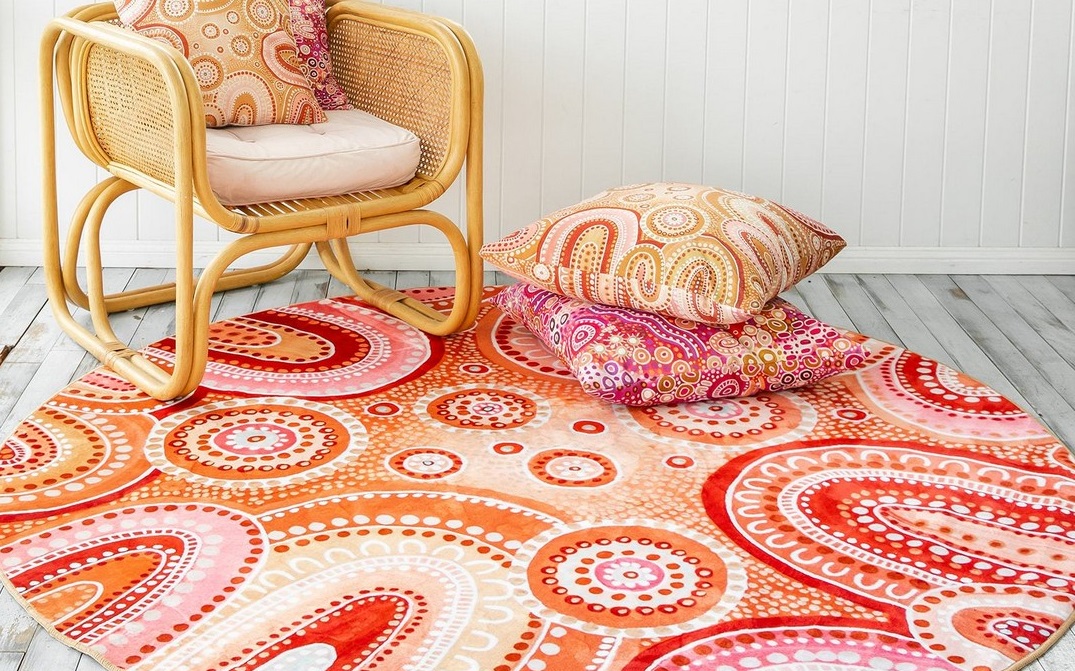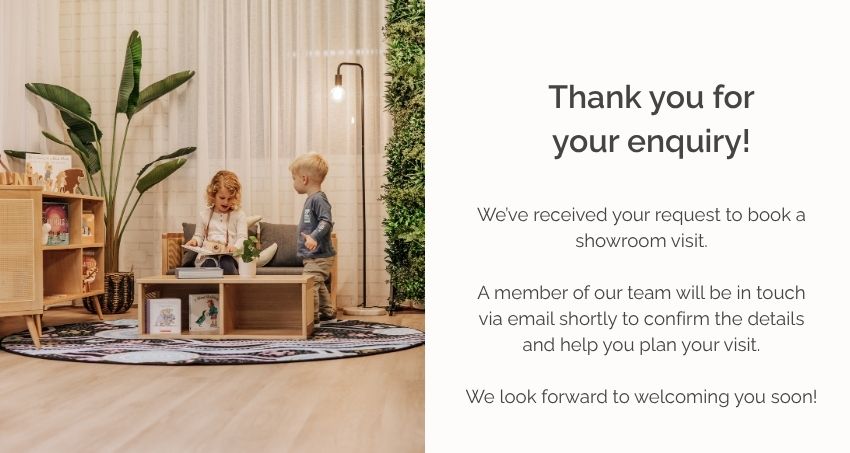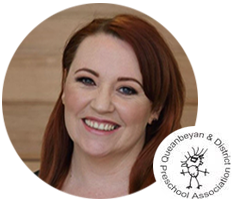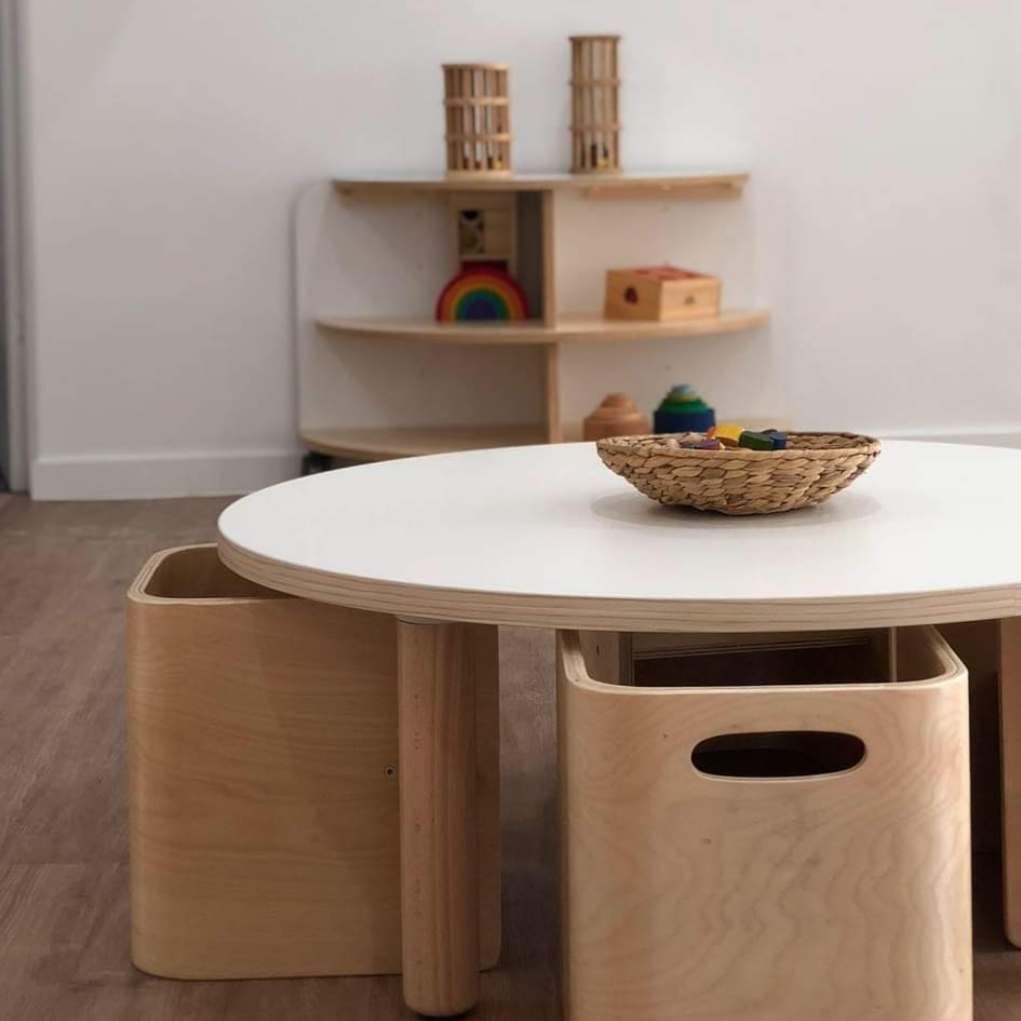
Promoting diversity and inclusion in early learning centres
Young minds are like sponges. They soak up learning intuitively. That means that early education centres have a fantastic opportunity to promote positive attitudes to diversity and inclusivity.
Teaching diversity to pre-schoolers and adopting inclusive practices in early education is easy with the right activities and resources.
What does diversity and inclusivity mean within the learning environment?
Teaching diversity to pre-schoolers and infants helps them understand that people have different cultures, backgrounds, abilities and family units. Inclusivity furthers that understanding by embracing these differences and ensuring that all children can participate equally.
Today’s importance
With families existing in all shapes and sizes, diversity and inclusion has never been more important. The number of children attending childcare from blended families and stepfamilies is on the rise. Culturally, the 2016 Census reported that nearly half of Australians had either been born overseas or had at least one parent born overseas, with over 300 separately identified languages spoken in Australian homes.1 Around 1 in 6 (18%) people in Australia—or about 4.4 million—have a disability.2
Whether or not the children are from a diverse background themselves, it is important that they are taught diversity and inclusivity. Education assists with their social development and benefits society overall.
Activities to promote diversity and inclusivity
Educators can promote diversity and inclusivity by using multicultural products and inclusion resources. Focused activities are a great way to adopt inclusive practices in your early education centre.
Ideas include:
- Multicultural Day – children can choose their own culture or a different one. Ask them to make a poster that explains some key aspects of the culture. Include language, clothing, food, music and special holidays or celebrations. You could also make it a dress-up day.
- Read story books that include people with disabilities or from different backgrounds, religions or diverse family units. Use multicultural resources and diversity toys to invite discussion about people’s differences. Examples of inclusion resources are Down Syndrome dolls (Caucasian and African) and Modern Families Diversity and Inclusion Puzzles
- Celebrate Indigenous Language Day – our indigenous heritage is relevant to children in all Australian childcare centres. Invite a local Aboriginal elder to speak to the children and explain about their local language. Teach the children some words in the local dialect. You could expand the experience with appropriate music or indigenous foods.
- Teach some basic sign language to the children. This helps them understand that people communicate in many different ways. For ideas, see this Top 10 Signs for Sign Language
- Children love rhythm and music! Introduce children to instruments that are popular in different cultures such as maracas and bongo drums. Singing or humming songs is a wonderful inclusive activity that all children can enjoy.
Inclusion resources for all abilities
Inclusion resources enable children of all abilities to participate and learn. We have a range of Multi-Sensory Products including a Mood Pebble, Fibre Optic Ottoman and an Interactive Waterless Tube. As well as multicultural and inclusion resources, we also offer a wonderful collection of indigenous interior décor items such as cushions and rugs.
Early education has a real impact on a child’s future. It is also the foundation for society’s next generation. Respect and appreciation from a young age for different cultures, backgrounds, abilities and family units will have a lasting impact for all.
Wanting to learn more about multicultural products and inclusive resources? Please reach out to us on 1300 720 353











